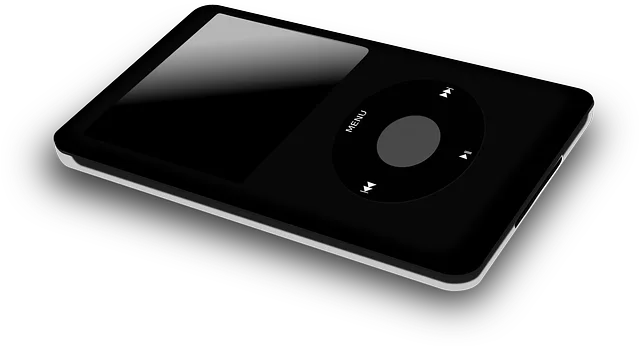Play DivX on Linux with ease using open-source decoders like FFmpeg or VLC Media Player, which support the powerful video codec known for high quality and small file sizes. After installing one of these decoders, configure your default media player (e.g., VLC or MPC) to use DivX decoding. Optimize playback by ensuring hardware requirements are met, updating both Linux system and DivX codec, and using optimized players like VLC. This setup allows for smooth, high-quality video playback without buffering or pixelation.
Discover the power of seamless high-quality video playback on any Linux device with DivX. This guide explores how to harness DivX’s compatibility with Linux environments, offering step-by-step instructions for setting up a smooth video playback experience. Learn essential tips and tricks to maximize quality, ensuring an optimal viewing journey. Unlock the potential of DivX on Linux and enjoy your favorite videos without compromise.
Understanding DivX and Its Compatibility with Linux

DivX is a video codec, or compression format, designed for efficient video playback and storage. It’s known for its high-quality video reproduction while maintaining relatively small file sizes, making it popular for streaming and downloading videos. For users running Linux, the good news is that DivX compatibility is achievable due to open-source decoders like FFmpeg and VLC Media Player. These tools can decode DivX files, allowing you to play DivX on Linux seamlessly.
The process of playing DivX on Linux involves installing one of these decoders. For example, with FFmpeg, users can use the `ffplay` command to play a DivX file directly from the terminal. Alternatively, VLC Media Player, known for its versatility and support for numerous codecs, includes built-in DivX decoding capabilities, making it an easy choice for Linux users looking to enjoy their DivX videos without any additional configuration.
Setting Up a Smooth Video Playback Environment

Setting up a smooth video playback environment is crucial for enjoying high-quality videos on any device. For Linux users, one effective step is installing DivX codecs. This process varies slightly depending on your distribution but generally involves visiting the official DivX website and downloading the appropriate package. Once downloaded, run the installer and follow the on-screen instructions to integrate the codecs into your system.
After installation, configure your default media player to utilize DivX decoding. Most players like VLC or MPC offer options to select custom codecs. Enabling DivX here ensures that your device can smoothly play videos encoded in various formats. Test playback with a high-quality video file to verify the setup’s effectiveness.
Maximizing Quality: Tips and Tricks for Optimal Viewership

To maximize video quality, especially when playing DivX on Linux, users should consider a few tricks. Firstly, ensure your device meets the required hardware specifications for smooth playback, including sufficient RAM and a capable processor. Optimizing video settings within your media player can also significantly enhance performance. Adjusting resolution, bit rate, and codec choices to suit your display capabilities ensures an immersive viewing experience without buffering or pixelation.
Additionally, keeping your Linux system updated with the latest drivers and software patches is vital. This includes updating your DivX codec installation to benefit from improved decoding efficiency. Utilizing dedicated video players designed for Linux, such as VLC Media Player, can also provide enhanced performance due to their optimized handling of various codecs.
DivX’s compatibility with Linux opens up a world of high-quality video playback. By understanding its setup and optimization tips, you can enjoy seamless viewing experiences across various devices. With these simple steps, playing DivX on Linux has never been easier or better, ensuring an immersive and enjoyable time for all users.
